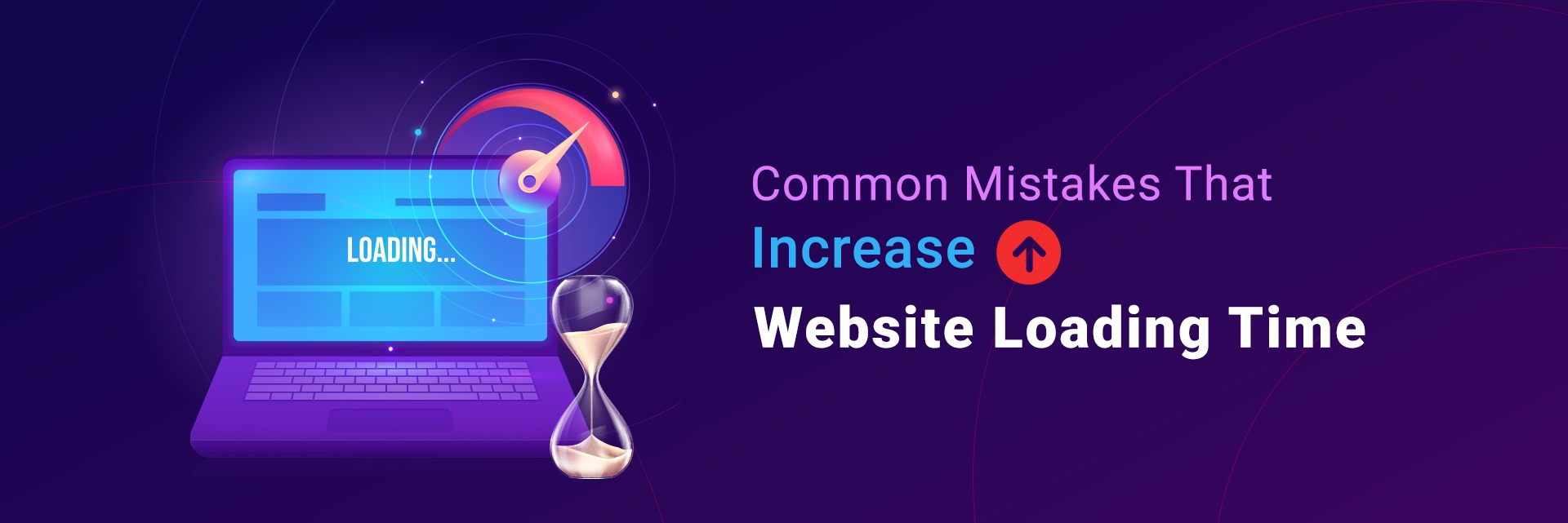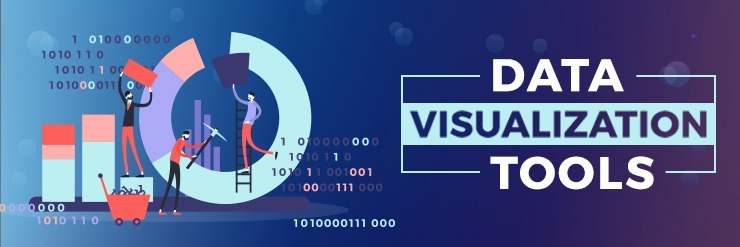Almost all of us have abandoned a slow-loading website when it gets off our patience to wait for it to load. Being familiar with the negative impact a slow-loading website does, we must understand how detrimental it could be for user experience. With the world evolving every day and technology improving minute by minute, businesses cannot rely on something lesser than normal. The bar has been raised, and competition is constantly increasing in a market where users expect excellence and pay for an experience that lasts. Relying on a slow-loading website is no longer an option for businesses looking forward to running and expanding their businesses in their relevant industries.
Despite these utter realities, the emergence of coronavirus has increasingly made people turn to the internet more than ever for their needs. Thus, they settle for nothing less than a fast experience. It’s important for mobile and web app development companies to put an emphasis on the importance of fast-loading websites and avoid common mistakes that increase website loading time.
Why Is It Important To Care About Website Load Time?
As we learned how slow loading websites could impact user experience, let’s see what statistics reveal about the effects of slow website speed.
“The probability of a mobile site visitor bouncing increases by 123% as page load time goes from one second to 10 seconds.”
Faster websites encourage users to stay longer on the website and make conversions. In contrast, each second delay in mobile page load can fall conversions by up to 20%.
SOASTA, The State of Online Retail Performance.
Decreasing mobile site load times by just one-tenth of a second resulted in significant performance gains. 0.1-second improvement in mobile website speed can boost conversion rates for 8.4% in retail and 10.1% in travel.
Source: Google
Factors Affecting Page Load Times
Large file sizes and page size
If a large file or a page is requested from the webserver, it will consume a lot of time. When a page consists of a few large files, the size of the page increases, and so does the load time.
By enabling compression, you can decrease file sizes and speed up page loading. Reduce the file size by compressing them. This is one of the most common mistakes that increase website loading time and fixing this eventually will improve the loading time.
Image File Size
It seems to be the most common mistake to use an image file too large that causes a slow-loading page. Our webmasters may not understand how image optimization plays a major role in their work. And how image optimization plays a significant role in their work. As a result, large image files may be used when a smaller image would have been just as easy to use and would produce the same visual effect. Therefore, while uploading the web content to the website, it’s crucial to make sure that the images are well optimized for a suitable size.
Absence of CDN
If you don’t have a CDN for your website, the load time will increase when the user’s location is far from the server. Latencies become visible because they affect all HTTP requests made to the server.
The use of a CDN will increase page loading time. A Content Delivery Network (CDN) is a network of interconnected computers that delivers web content rapidly to a wide range of users by duplicating or caching it on multiple servers and directing it to nearby users.
The CDN enables users to access webpage resources from a server near their location. In a CDN, servers are spread across different geographical locations. Although this technique could be expensive, it is a great way to improve your application’s loading time.
Loading All Resources At the Same Time
The load time of your page will be increased if you load all HTML, CSS, and JS files at the same time because rendering will be blocked until all resources are loaded. You can speed up page loading by loading JS files after other elements.
In a nutshell, defer JavaScript loading helps you load large JS files after the other elements are ready. Using this method, you ensure that your content is loaded without being impacted by large JS files. This way, the system tells the site to load the entire document first and then load the external defer.js file.
To best use this method, you can simply prioritize content on your web page—the topmost content of the web page, including the navigation menu, header, and banner image.
This is a wise move to shift all slow and complex JavaScript code to the bottom of a page so that all of the content at the top loads instantly. You may need to load some pieces of JavaScript earlier, but you can defer most of them to help your website load faster.
The Bottom Line
Who doesn’t appreciate websites that load quickly? Hopefully, this article has convinced you about the importance of loading times. When it comes to measuring the performance of your website, you can use many different tools, like Google PageSpeed Insights, Pingdom, YSlow, etc. These tools will help you gain insight into the areas you are lacking. Rather than fixing all the issues presented by the evaluation tools, the leading concerns must be addressed first.
Millions of small errors can add up over time, causing a website to load slow that would otherwise load almost immediately. It is easy for your website to become bogged down by common mistakes in web design, but avoiding these major blunders will help ensure that your site loads lightning fast. Once you have identified the high-impact areas, you need to take the appropriate steps to improve the load time for your web pages leading to a better user experience.








